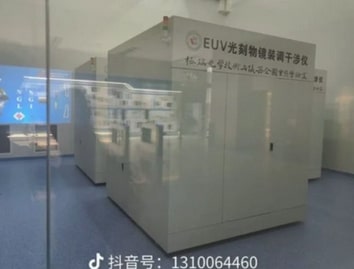Now Reading: China Eyes Breakthrough in EUV Lithography by 2026: Reports
-
01
China Eyes Breakthrough in EUV Lithography by 2026: Reports
China Eyes Breakthrough in EUV Lithography by 2026: Reports

Quick Summary:
- Huawei is reportedly testing components for an extreme ultraviolet (EUV) lithography machine at its Dongguan facility,with trial production expected by Q2 2025 and full-scale manufacturing planned for 2026.
- The technology relies on laser discharge induced plasma (LDP) to generate 13.5nm wavelength light.
- China has been denied access to EUV machines due to export controls from ASML Holding NV, limiting its chip-making technologies to older processes like deep UV immersion lithography.
- China aims to develop a domestic EUV supply chain, requiring significant investment-tens of billions-and the replication of ASML’s ecosystem of 5,000 specialized suppliers.
- Despite limitations, China’s semiconductor industry continues progressing towards producing chips as advanced as 3nm using option deep ultraviolet (DUV) strategies combined with innovations like Self Aligned Quadruple Patterning (SAQP).
- LDP-based EUV is reportedly less efficient than ASML’s laser-produced plasma (LPP), affecting competitive pricing and performance standards in chip production.
Indian Opinion Analysis:
This growth signals China’s determination to overcome technology embargoes through innovation and focused investment in semiconductor manufacturing capabilities. For India, this highlights two critically important considerations: first, the increasing competitiveness within the global semiconductor race; second, a reminder of vulnerability in technologically dependent sectors without domestic alternatives.
India should view advancements like China’s non-EUV solutions utilizing DUV tech as an example of optimization under constraints. With initiatives like “Make in India” already underway to boost electronics manufacturing-including plans for local fab facilities-this could underscore the urgency for accelerated R&D investments in key areas such as advanced lithographic techniques or alternative fabrication methods.
China’s approach also demonstrates the value of building robust supply chains domestically where access restrictions exist-a lesson applicable beyond semiconductors and relevant across India’s broader industrial policy frameworks. Long-term implications may involve rising regional competition if neighbors adapt similar strategies successfully.
To read more: Click Here


























